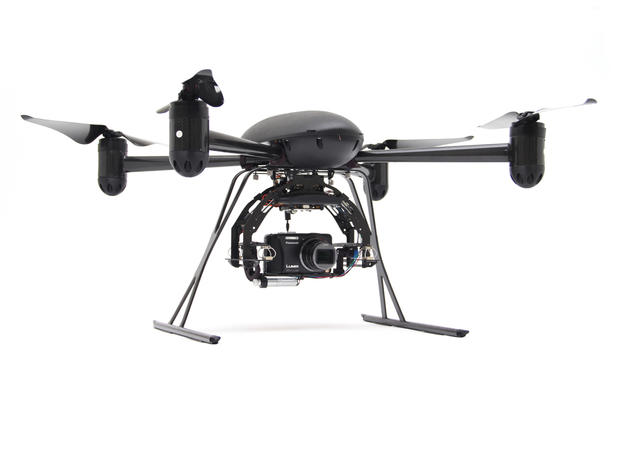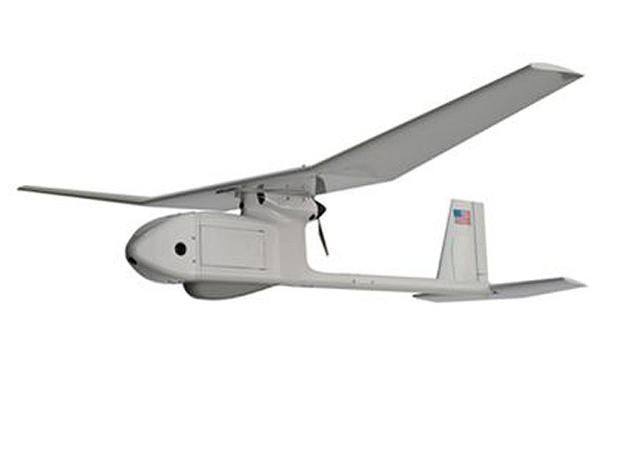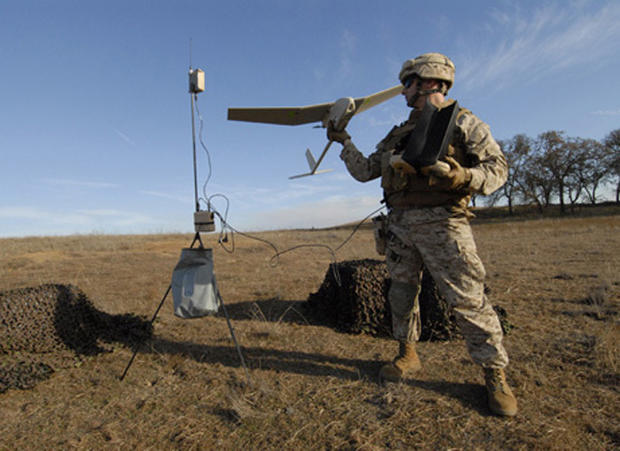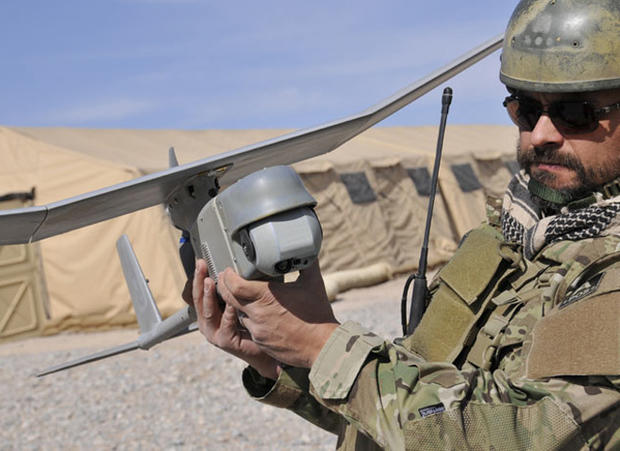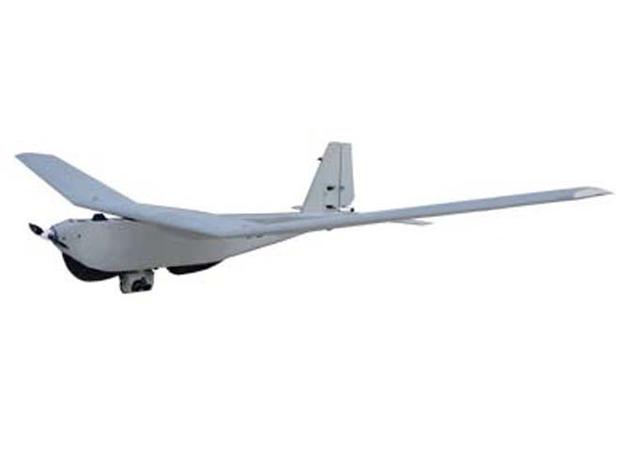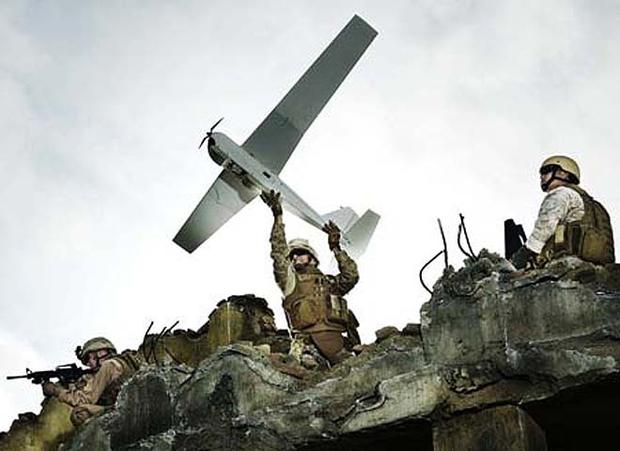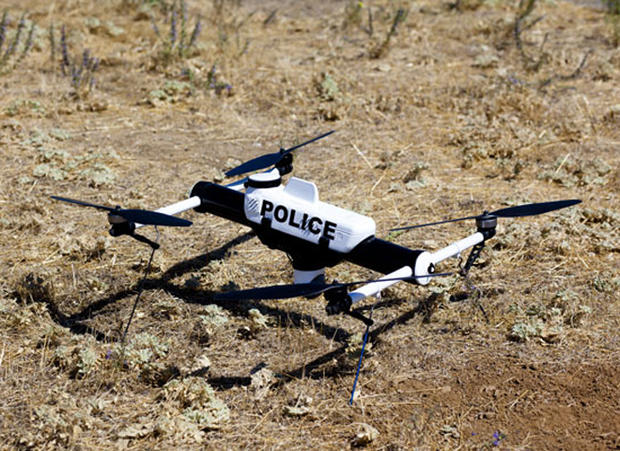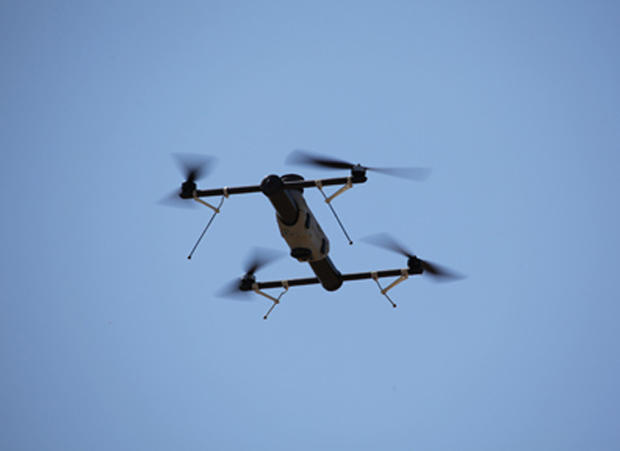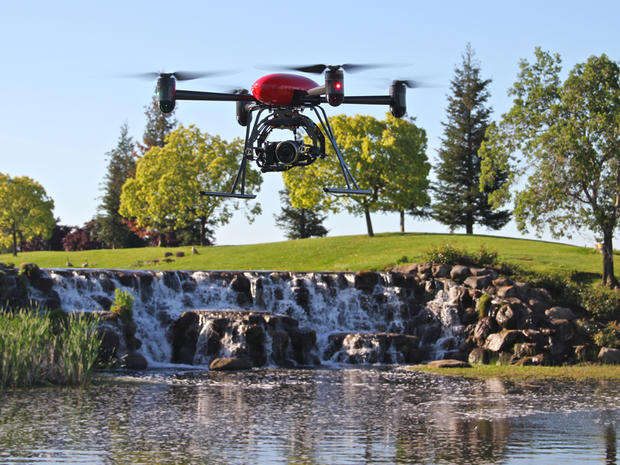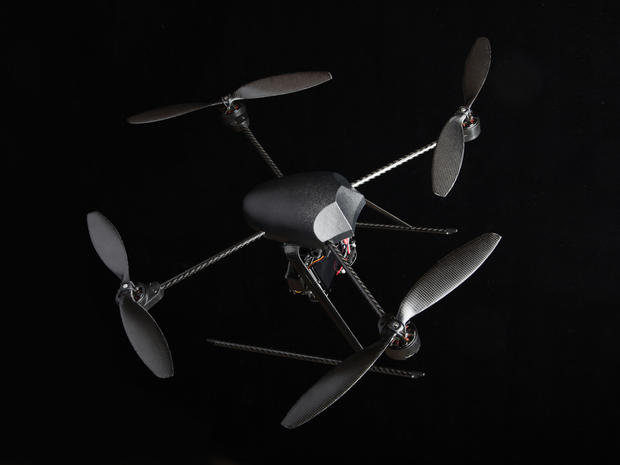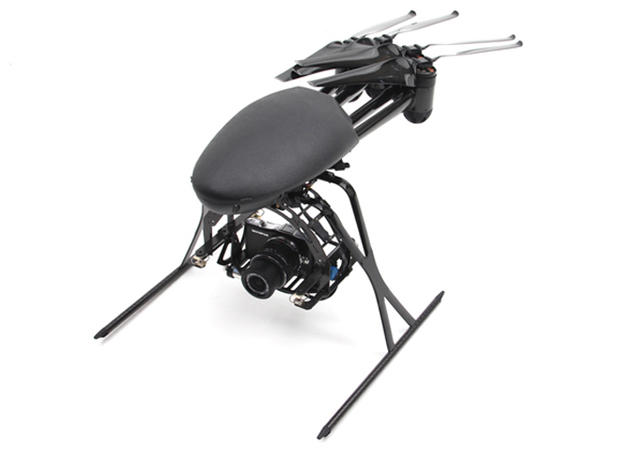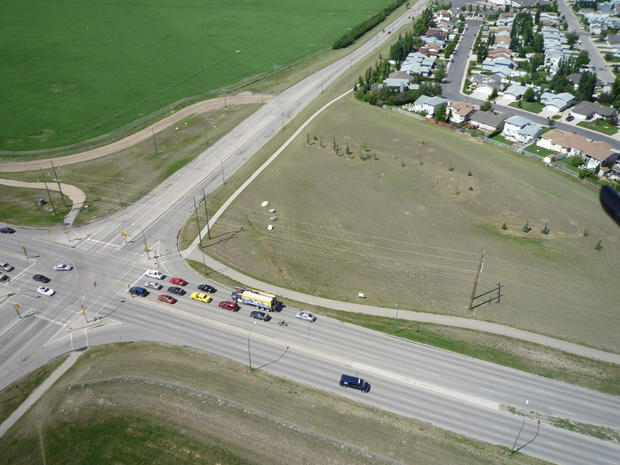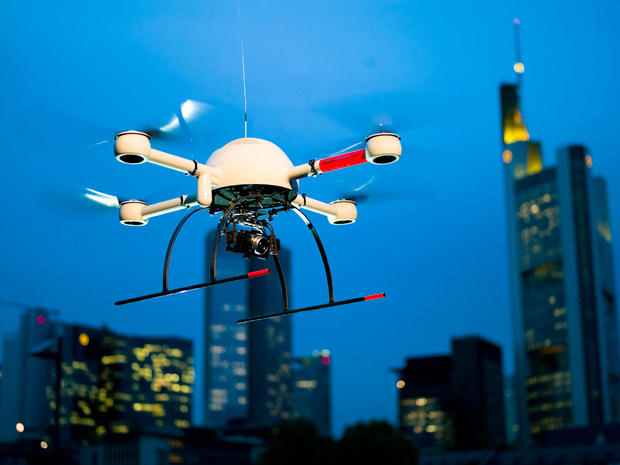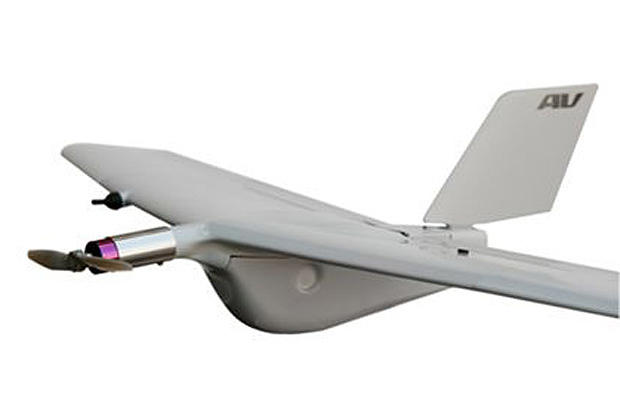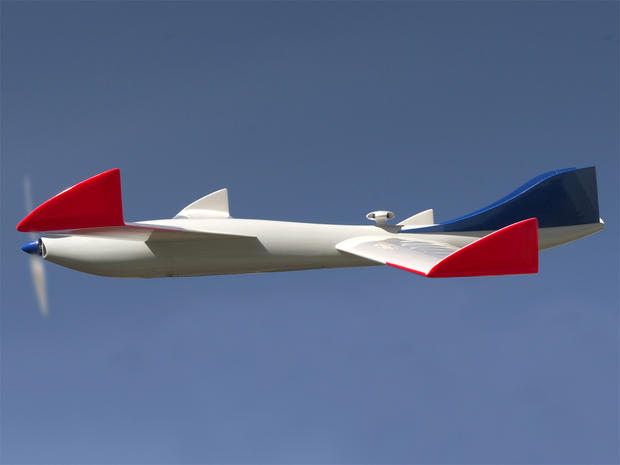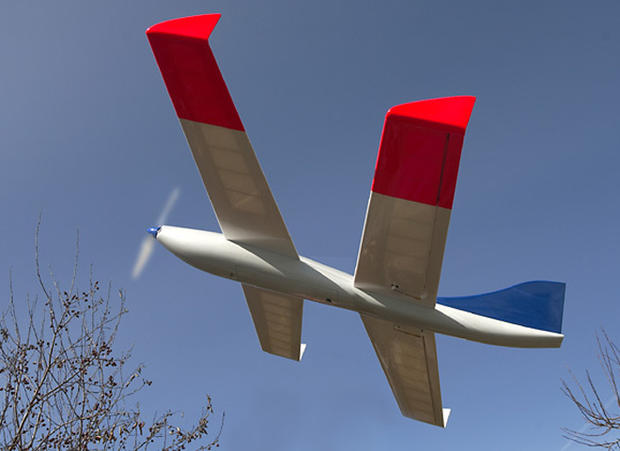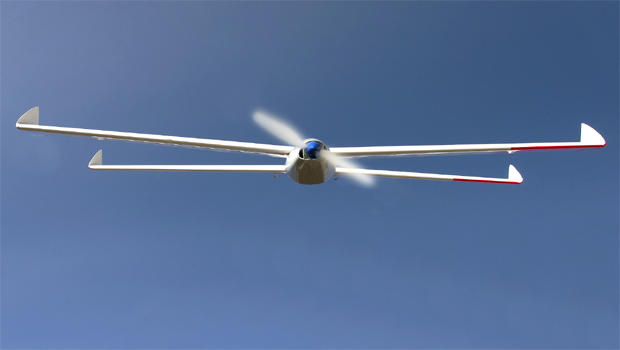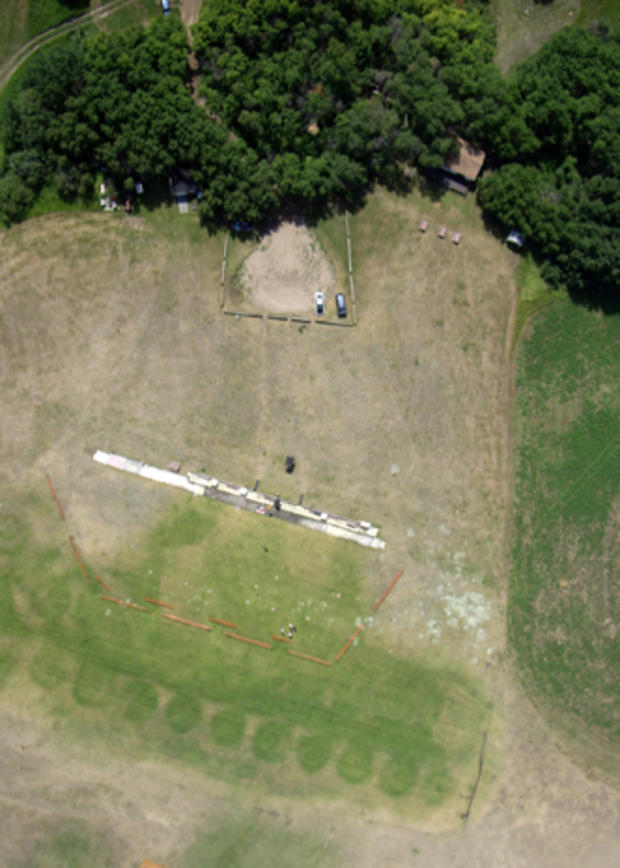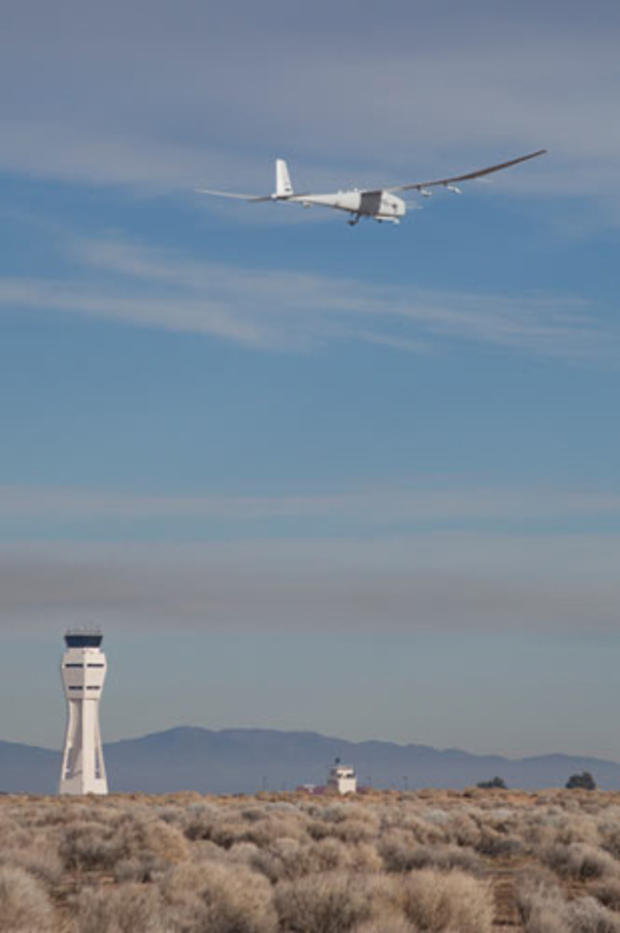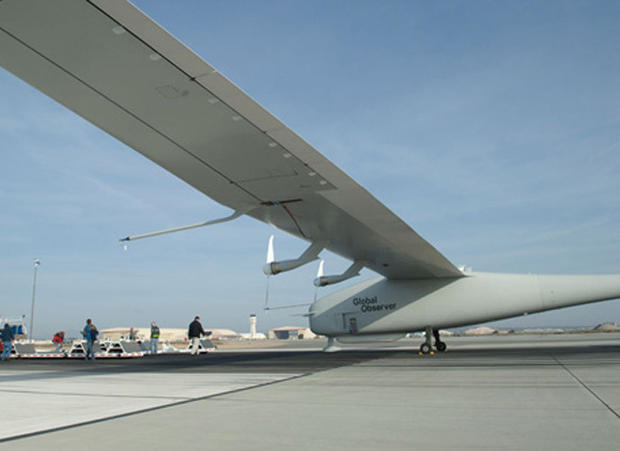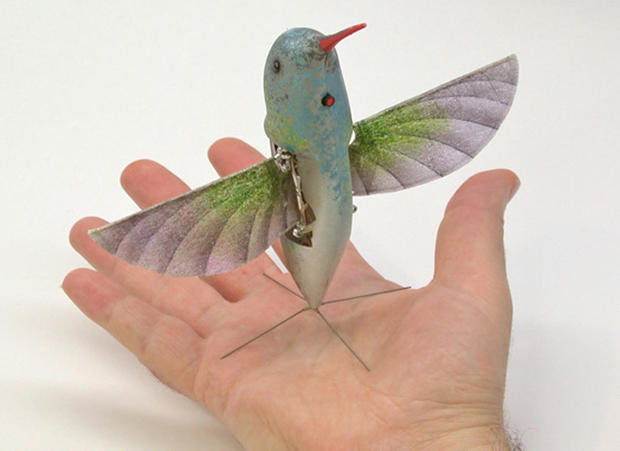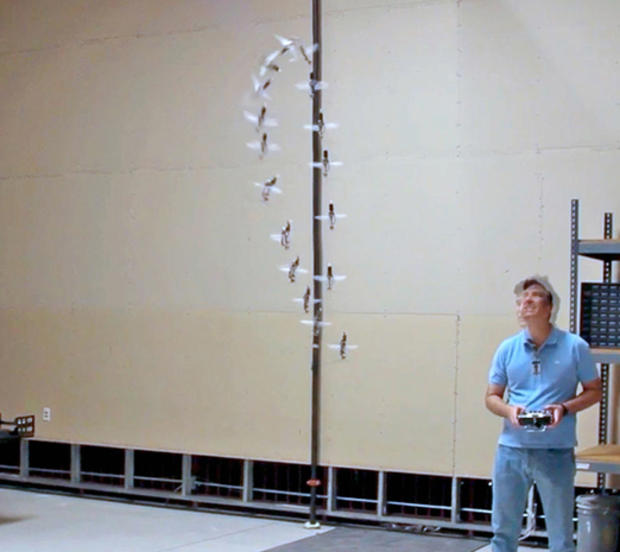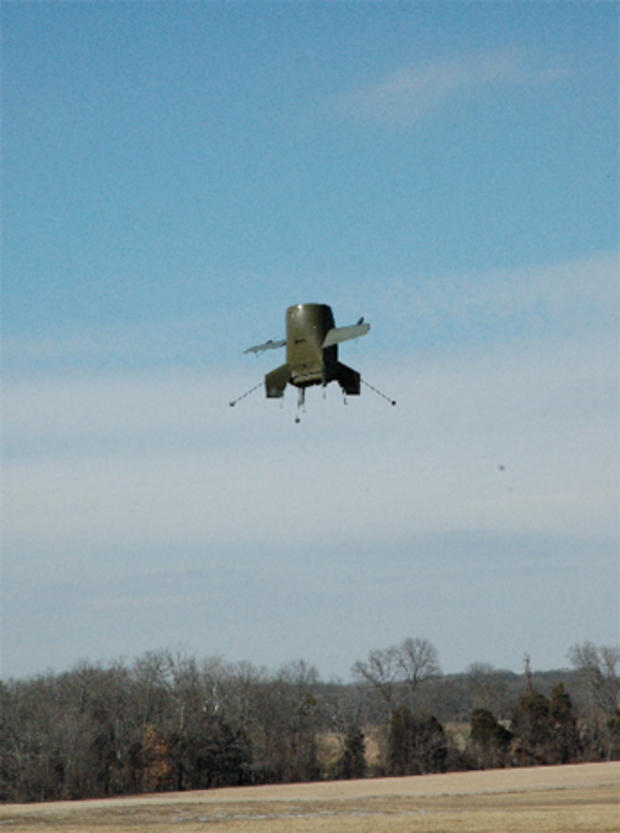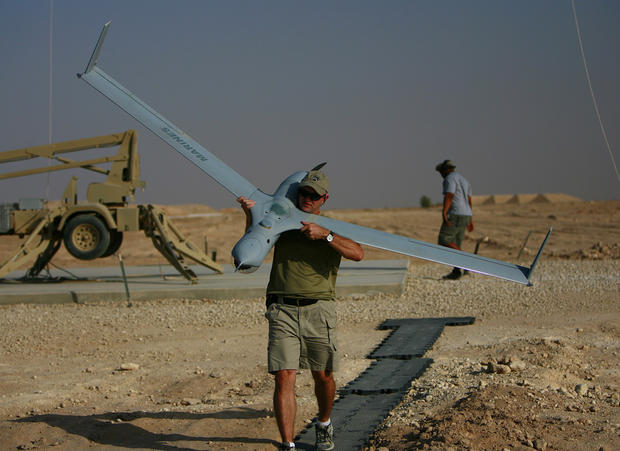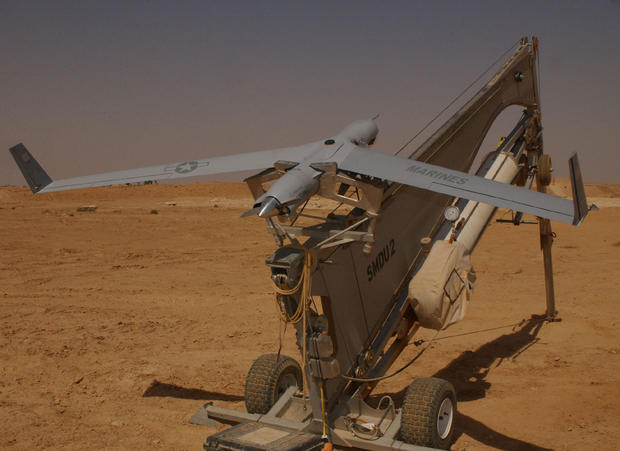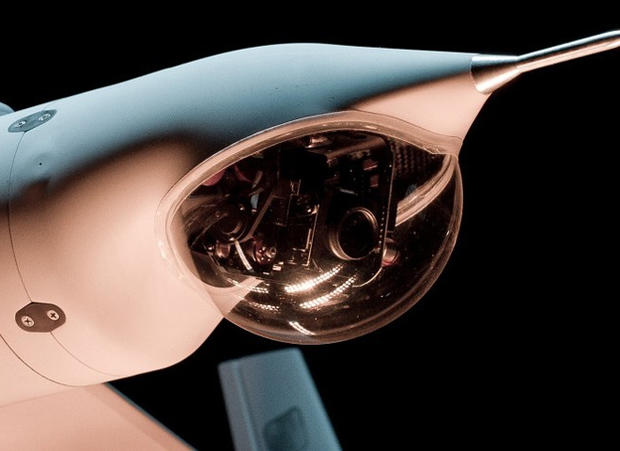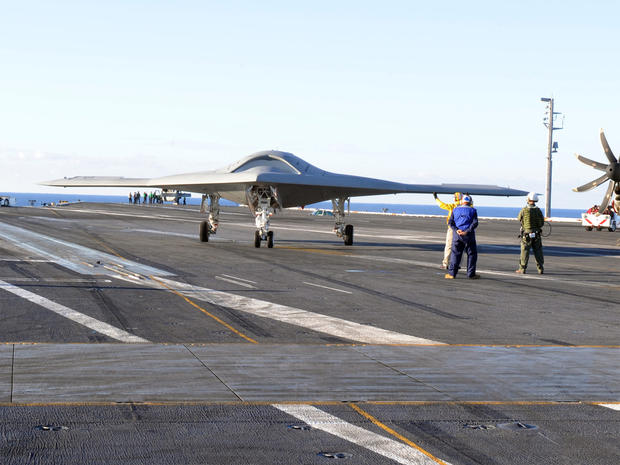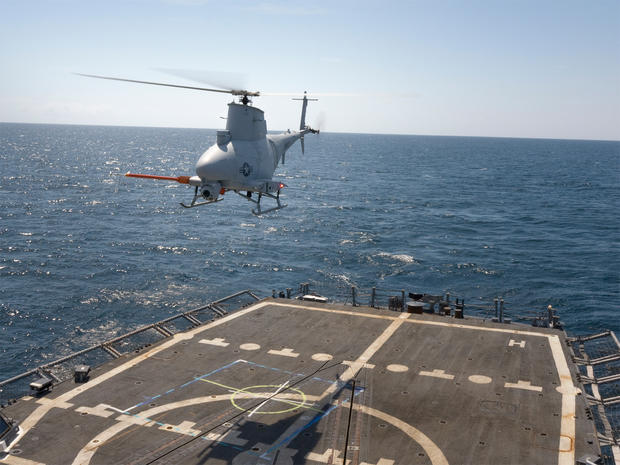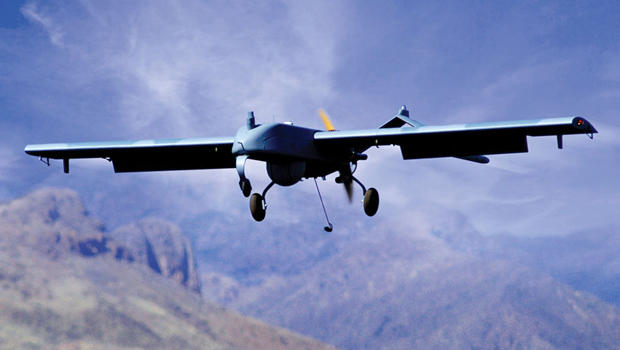Surveillance drones
Left: the Draganflyer X4P is a remote-controlled aerial platform for video or still cameras. Height: 12 1/2 inches. Width: 34 1/4 inches.
By CBSNews.com senior editor David Morgan
The drone is being marketed toward police and fire departments, and can also be used for inspection of infrastructure (such as pipelines, dams, transmission towers and ports), wildfire management and scientific research.
It has a span of 40 inches, weighs 12 pounds with payload, and can be used with video or sensor equipment for industrial, scientific and media purposes.
The hand-made prototype has a wingspan of 6.5 inches, and has a total flying weight of 2/3 ounce -- less than the weight of an AA battery.
GoldenEye 50 stands less than 2 1/2 feet tall, has a wingspan of about five feet, and a gross takeoff weight of 22 lbs. It can cruise up to 1 hour, with a maximum speed of 175 mph.
Left: Insitu representative Tim Hall is pictured with the ScanEagle, which was operated as part of the U.S. Marines' Unmanned Aerial Vehicle Squadron 2, Marine Air Control Group 38 (Reinforced), 3rd Marine Aircraft Wing (Forward) in Al Anbar Province, Iraq, Aug. 17, 2006.
"That'll give you options to say, 'OK, maybe we should look at putting ordnance on it as well,'" Vice Admiral Mark Fox told CBS News chief national security correspondent David Martin.
By CBSNews.com senior editor David Morgan
